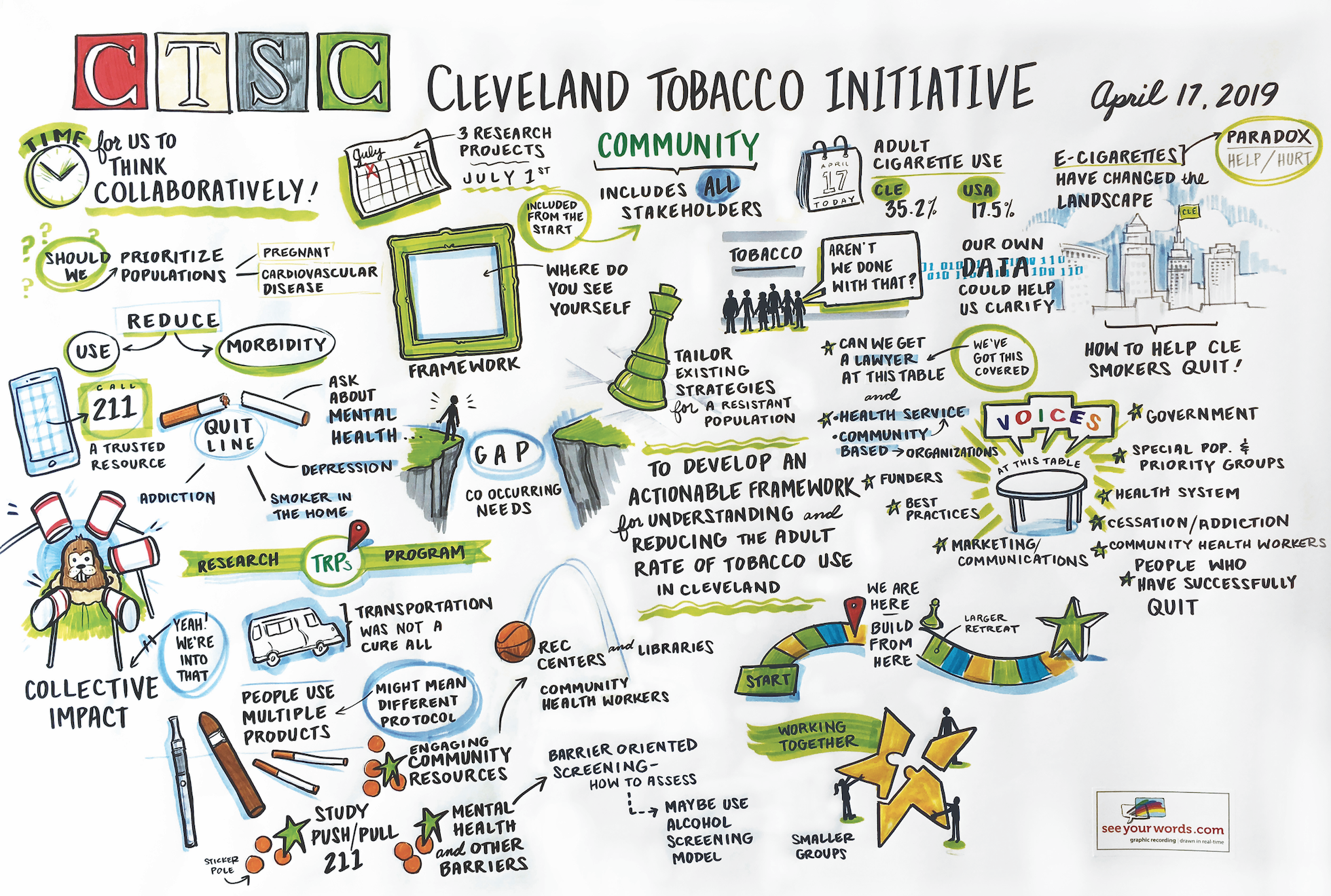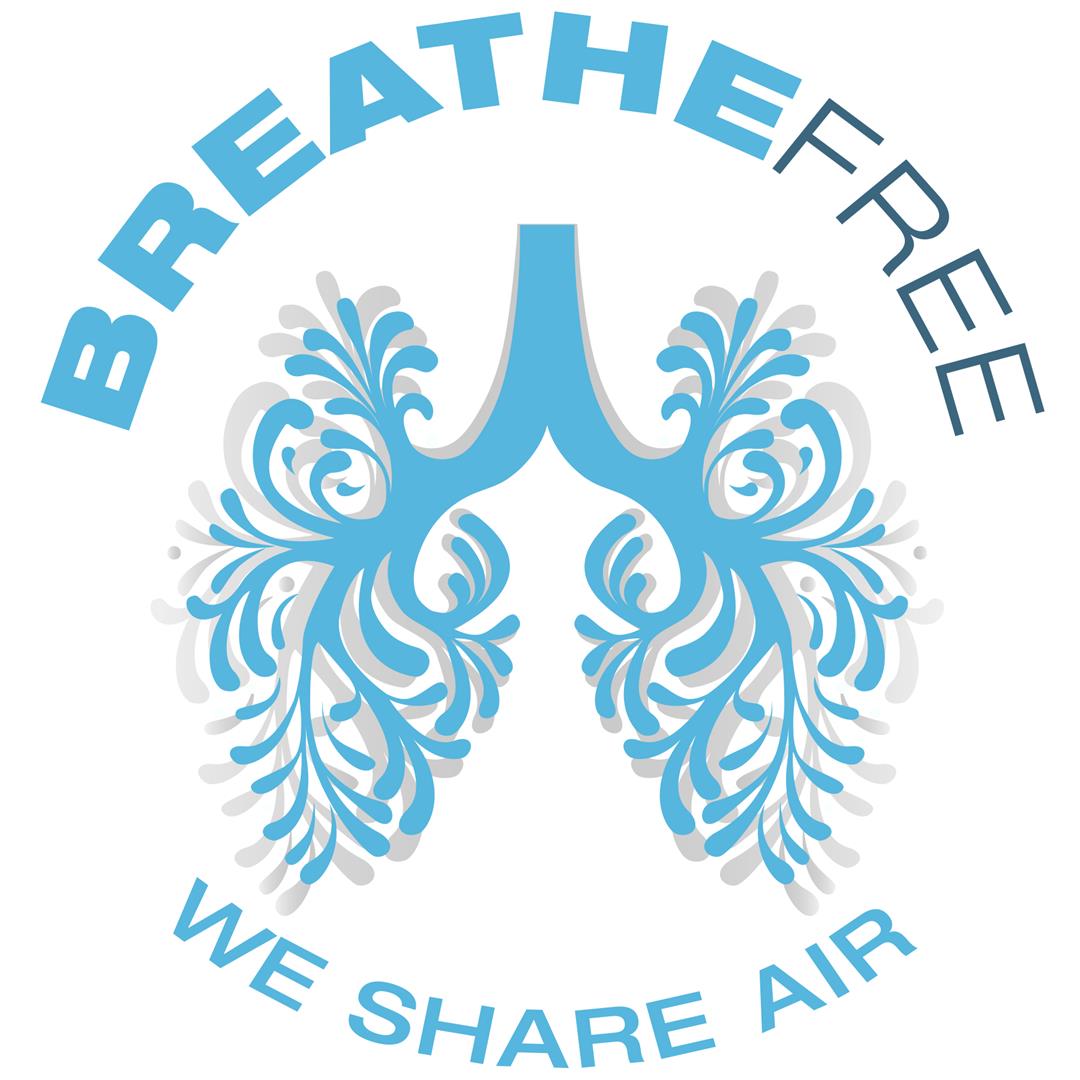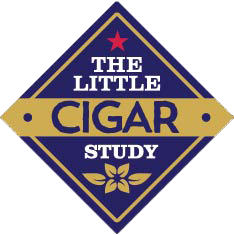Tobacco Control and Prevention
Goal: Reduce tobacco use among youth and adults, targeting all products of tobacco and focused on low-income populations.
Much of the PRCHN’s tobacco prevention and cessation research is led by Director Erika Trapl, PhD. Dr. Trapl uses a classical epidemiological approach to youth tobacco use. By integrating quantitative data from the Youth Risk Behavior Survey (YRBS) and qualitative interview data, our teams seeks to understand the characteristics, risk factors, and and correlates of adolescent and young adult tobacco use in order to develop successful tobacco prevention and cessation interventions.
Below our the research projects and initiatives of our center.
This research seeks to understand the characteristics, risk factors, and and correlates of adolescent and young adult tobacco use in order to develop successful tobacco prevention and cessation interventions.
The goal of this project is to better understand how flavor plays a role in visual attention, use intention and purchasing behavior among young adult cigarillo users to help inform future tobacco policy regarding flavored cigarillo availability and advertising.
The Food Security, Tobacco Cessation, and Health (FETCH) project is motivated by understanding the role of food insecurity—or lack of economic access to healthy and preferred food—as a key socioeconomic stressor that impacts tobacco use and cigarette smoking.
Smoking Cessation Among Low-Income Cleveland Residents: A Pilot is part of a larger, multi-investigator and stakeholder initiative aimed at reducing the tobacco rate in Cleveland, which in turn will help to reduce cancer risk across the city. The PRCHN is working on 2 Tobacco related projects under this pilot initiative.
The CPCRN is a national network to reduce the burden of cancer, especially among those disproportionately affected. The PRCHN focused on research related to tobacco retail outlets and community-clinical linkage intervention to increase use of the state QuitLine for smoking cessation through an e-referral system.
Breathe Free was a demonstration project funded by the Ohio Department of Health that uses teams of residents trained as community organizers to help change the cultural conversation around smoking in their neighborhoods.
The Little Cigar Study surveyed little cigar smokers between the ages of 14 and 28 to better understand how, when, and why young people smoke little cigars.
This strategy used a systematic approach to test the combined effect of a systems change initiative and a communication strategy for providing smoking cessation assistance in the primary health care setting.








